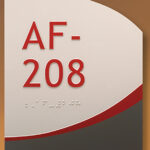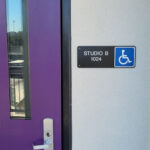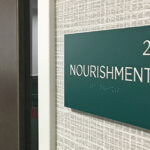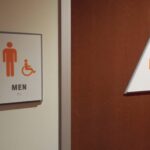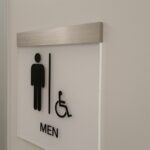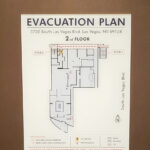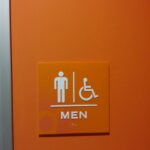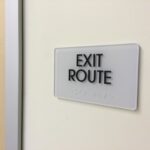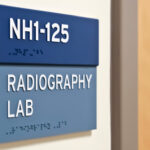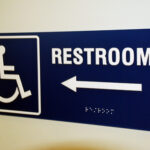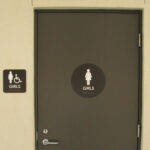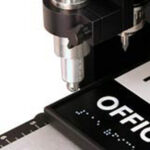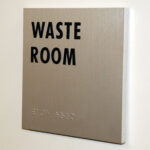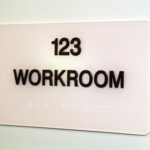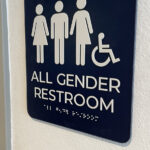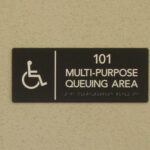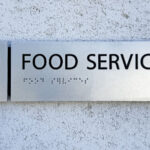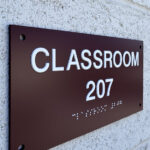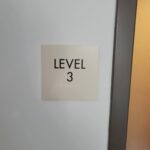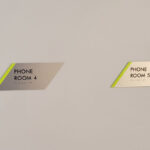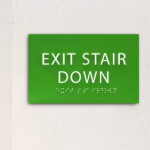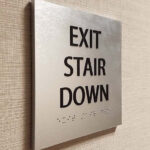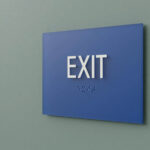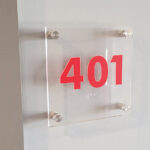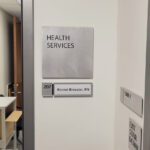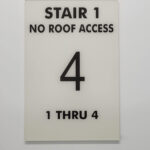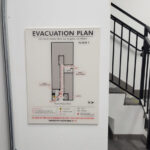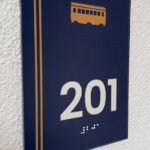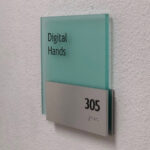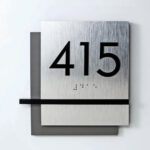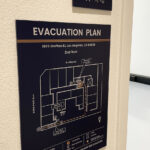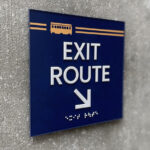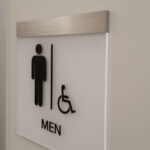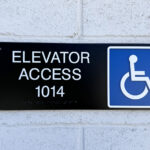AMERICAN-MADE ADA COMPLIANT SIGNS
Sign Zone LA is a trusted source for high-quality, American-made ADA Compliant Signs and Handicap Parking Signs. We manufacture and distribute signage that meets all ADA regulations, serving businesses, schools, government agencies, and property managers.
From restroom signs to custom ADA and Braille signage, we guide clients through compliance and often consult on correcting violations. Contractors and sign companies rely on our expertise to meet regulatory standards.
Why Compliance Matters:
Non-compliance can result in steep federal fines—up to $75,000 for a first offense and $150,000 for repeat violations—plus potential civil lawsuits and local penalties.
Avoid Costly Mistakes.
Trust Sign Zone LA for expert ADA signage design, printing, and installation. Call us today!
Looking for ADA Compliant Signs?
Fill out the form below and receive the Sign Zone ADA Quick Guide
Sign Zone LA can take your graphics and convert them into ADA-compliant/Braille sign designs, design signs for you from scratch and/or fix mistakes often cited by building and regulatory authorities. Our expertise in ADA signage, specialized software, and equipment, enable us to provide this valuable service and manufacture signs that are compliant and meet even the rigorous California’s requirements!
WHERE ARE ADA SIGNS REQUIRED? Interior ADA signs are required at every doorway in all U.S. public buildings, including businesses, apartments, offices and even home businesses with visiting clients or employees. The size of an establishment does not provide an exemption from federal regulations. If you own or manage a small business or building and have employees, clients, or customers, you must comply with federal ADA signage law. Only prisons and buildings eligible for the National Register of Historic Places do not need to comply with the ADA sign law.
WHAT IS ADA SIGNAGE?
The acronym ADA refers to the 1990 Americans with Disabilities Act (ADA). ADA-compliant signage and braille signs must meet requirements established by the 2010 ADA Standards for Accessible Design (SAD).
“ADA signage” refers to signs marking building rooms, spaces, or features as required by U.S. federal law. In 1990 the Department of Justice published the Americans with Disabilities Act (ADA) to prohibit discrimination against those with disabilities.
While not all signage is regulated by the ADA, many building signs are covered by federal regulations with the purpose:
ADA Signs are not simply signs in braille. Signs with braille and raised characters are the most visible manifestation of required access to the built environment, but sign standards in ADA Accessibility Guidelines require much more than just braille and raised characters on some signs.
Almost every sign that is considered an architectural sign must comply with ADA Guidelines including signs that:
| ADA SIGN TYPE | IDENTIFICATION | DIRECTIONAL & INFORMATIONAL |
|---|---|---|
| Visual Character Requirements | Font, size & contrast requirements appl | Font, size & contrast requirements apply |
| Contrast Requirements | High contrast is required between the background & all content except braille | High contrast is required between the background & all content except braille |
| Pictograms Required | Sometimes | No |
| Tactile Characters Required | Yes | No |
| Finish Requirements | Non-Glare | Non-Glare |
| Purpose | Identifies a permanent room, space, or feature | Provides info about permanent room, space, or feature |
| Most Common Mistake | Missing Signs | Wrong font or contrast |
| Mounting Requirements | Yes | Yes |
BRAILLE SIGNAGE
Oftentimes people misconstrue ADA signage as simply braille signage. Although related, “Braille signage” refers to tactile ADA signs that can be read by the blind and visually impaired.
Tactile ADA braille signs are legally required to mark all permanent building rooms or spaces in U.S. public and commercial buildings. The terms “braille sign”, “tactile sign”, “accessibility signs”, and “accessible signage” refer to interior ADA signs and exterior signs that include raised letters and braille.
ADA SIGN REQUIREMENTS APPLY TO:
- State, county, and local government facilities
- Public accommodations and commercial facilities, including:
-
- Stores and shops
- Restaurants and bars
- Sales or retail establishments
- Service establishments
- Theaters
- Hotels and motels
- Recreation facilities
- Assembly areas
- Private museums
- Places of education
- Office Buildings
- Factories
- Warehouses
- Manufacturing Plants
- Public Areas of Apartments/Condos
- Commercial Areas in Private Residences
Following ADA regulations, braille signs should be installed in commercial places, permanent rooms, or practical areas to be easily reached by everyone. Most often, ADA braille signs are installed in places such as restrooms, near stairs and routes, nearest accessible exits, near elevators, as well as in practical places to get some information.
No, there are a few types of ADA-required that do not need to contain braille. ADA braille requirements vary depending upon the purpose of a sign. ADA signs identifying permanent rooms or spaces in U.S. public buildings are required to be tactile signs, including raised letters and braille. You decide whether you want to add text or not.
Most interior ADA signs are hung about 54 inches above the floor and with their center 9 inches away from the door, on the door handle side of the doorway. This location complies with ADA sign requirements and works for most signs. In California ADA sign height regulations are 48 inches to the bottom of the braille, making the allowable mounting sign installation height range about 3/4 inch narrower.
With the enactment of the ADA laws there are consistent requirements…but, as with all federal laws, each state puts its stamp or specifics on it.
At Sign Zone, we always make sure and review local area/state specifics.
READY TO CREATE PROFESSIONAL ADA/BRAILLE SIGNAGE?
You HAVE arrived in the right place. Using the best engraving machines and materials, Sign Zone offers a wide array of complaint-raised lettering, raised logos, custom graphics, and characters to meet your brand requirements and make public building areas accessible to everyone.

